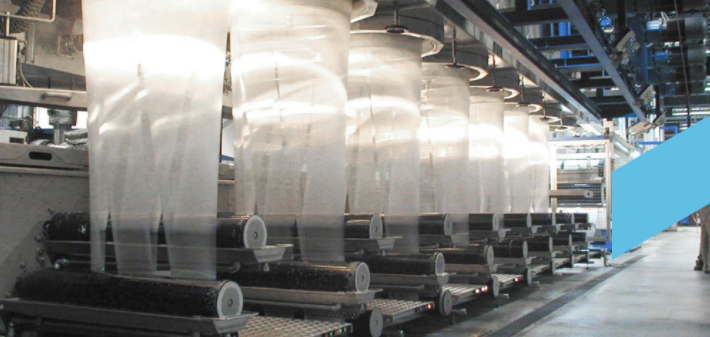Single Jersey Fabric
The RL plain knitting technique is used to make single jersey fabric. Plain (R) loops on one side and solely reverse (L) loops on the other are seen in RL plain knit textiles. Jersey was originally created of wool, but as manufacturing skills improved, synthetic fibers and cotton were introduced. Cotton jerseys were less expensive, and synthetic fibers increased the fabric’s durability. The majority of jerseys nowadays are cotton combined with synthetics.


Fabric Products

Detailed Information
Jersey is an easy-to-care-for fabric. Rather than having it dry-cleaned, you may machine wash it. While jersey has a propensity to shrink, shrinkage may be minimised by washing in cold water or by hand, and then air drying or tumble drying on the low setting. The island of Jersey, which is part of the Channel Islands, is the inspiration for Single Jersey fabric. This is where the fabric was made as far back as the Middle Ages. Sports t-shirts and leggings are often made of single jersey fabric. This is due to the material’s high permeability, which prevents perspiration from being trapped between the clothing and the skin. It’s a popular choice for normal t-shirts as well.






Key Attributes
Fabric Products
Jersey fabric’s applications are mostly restricted to garments, however bedding is a significant non-apparel example of jersey fabric use. Jersey fabric is often used to construct bed sheets, pillows, and even blankets because of its tight-knit softness.
- They have a lower proclivity for wrinkles.
- It is soft and smooth, hence providing comfort to the wearer.
- The material can be stretched easily.
- It is absorbent and breathable.
- It is a lightweight fabric.


